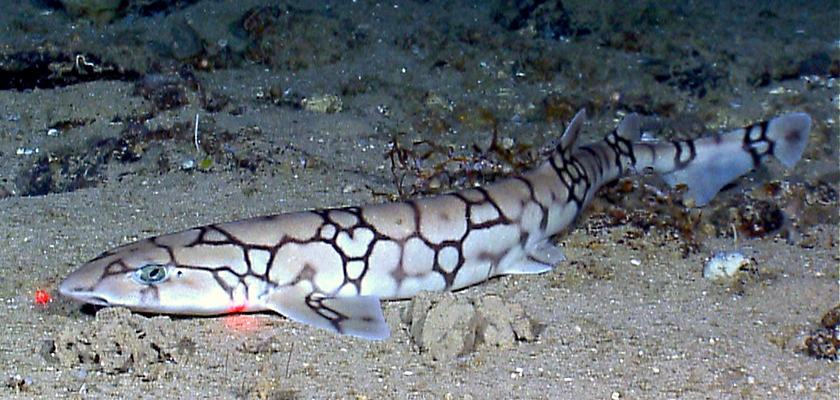An Alabama scientist helped discover a new ancient shark species.
Jun Ebersole, of McWane Science Center in Birmingham, assisted David Cicimurri and James Knight of the South Carolina State Museum in Columbia in discovering shark teeth near other fossils in Summerville, South Carolina.
Ebersole is the Director of Collections at the McWane Science Center. He is also a vertebrate paleontologist who oversees Alabama's most extensive fossil collection. Ebersole specializes in shark fossils. The study's lead author is Cicimurri, curator of the South Carolina State Museum. Ebersole collaborates with Cicimurri often to study shark fossils.
The newly discovered species is named Scyliorhinus weemsi after paleontologist Dr. Robert Weems of the United States Geological Survey in Reston, Virginia. Weems studied ancient sediments and fossils along the Atlantic Coast, making many significant discoveries. According to Ebersole, Weems did a lot of important work on the geology of South Carolina.

Discovery
Ebersole collaborated with Cicimurri and Knight on a study of three giant skeletons discovered in South Carolina, two large turtles and one whale skull, when they found teeth in the sediment surrounding the fossils.
The teeth are one to two millimeters wide from a species of catshark, similar to the catsharks which are still alive today.
Along with discovering the new species, the scientists identified around 20 different species of sharks and bony fish dating to the Oligocene Epoch, which is about 30 million years ago.

Determining age
To determine the age of fossils, scientists have many different tools at their disposal. They can determine the age of the fossil by the layer of the Earth in which it's contained.
They can also use what Ebersole called “index fossils,” which are fossils of species that only lived in a specific period.
Ebersole said to date the Scyliorhinus weemsi, he and his fellow scientists primarily used microscopic plankton fossils. “In marine sediments, you have plankton. Most of the dirt in these ancient layers is made from plankton skeletons.”
Different combinations of plankton are used to determine the age of the fossils embedded in the sediment.
The Oligocene Epoch
“This new species is an ancient relative of living catsharks,” said Ebersole about the fossil. “There are approximately 15 living members of this genus in the world's oceans today, but their ancestry extends back to the time of the dinosaurs.”
The Oligocene Epoch of the Paleogene Period, from which the species is dated, is a time in the Earth’s history when ice caps formed at the poles for the first time in 200 million years.
Ebersole said it is not well studied in the United States.
“This was not the Ice Age that is commonly depicted in movies or on television, but one that occurred almost 30 million years before Woolly Mammoths and Saber-toothed Cats roamed South Carolina,” Ebersole said.
The earth was in an ice age following the time when the Earth was very tropical, a “greenhouse to icehouse,” as Ebersole phrased it. “It’s a very interesting analog when you’re trying to study climate change today.”
According to Ebersole, studies like his can help scientists predict nature’s response to climate change in the future by observing how lifeforms responded to it in the distant past.
Alabama: The fossil state
Ebersole said that Alabama is one of the most diverse states for fossils, especially for fossil sharks and fish.
“I can argue that we are the number one state in the U.S. for fossil diversity, meaning for different species of invertebrate and vertebrate fossils, we are hands down probably the best state in the U.S.," Ebersole said,
To connect with the author of this story, or to comment, email will.blakely@1819News.com.









